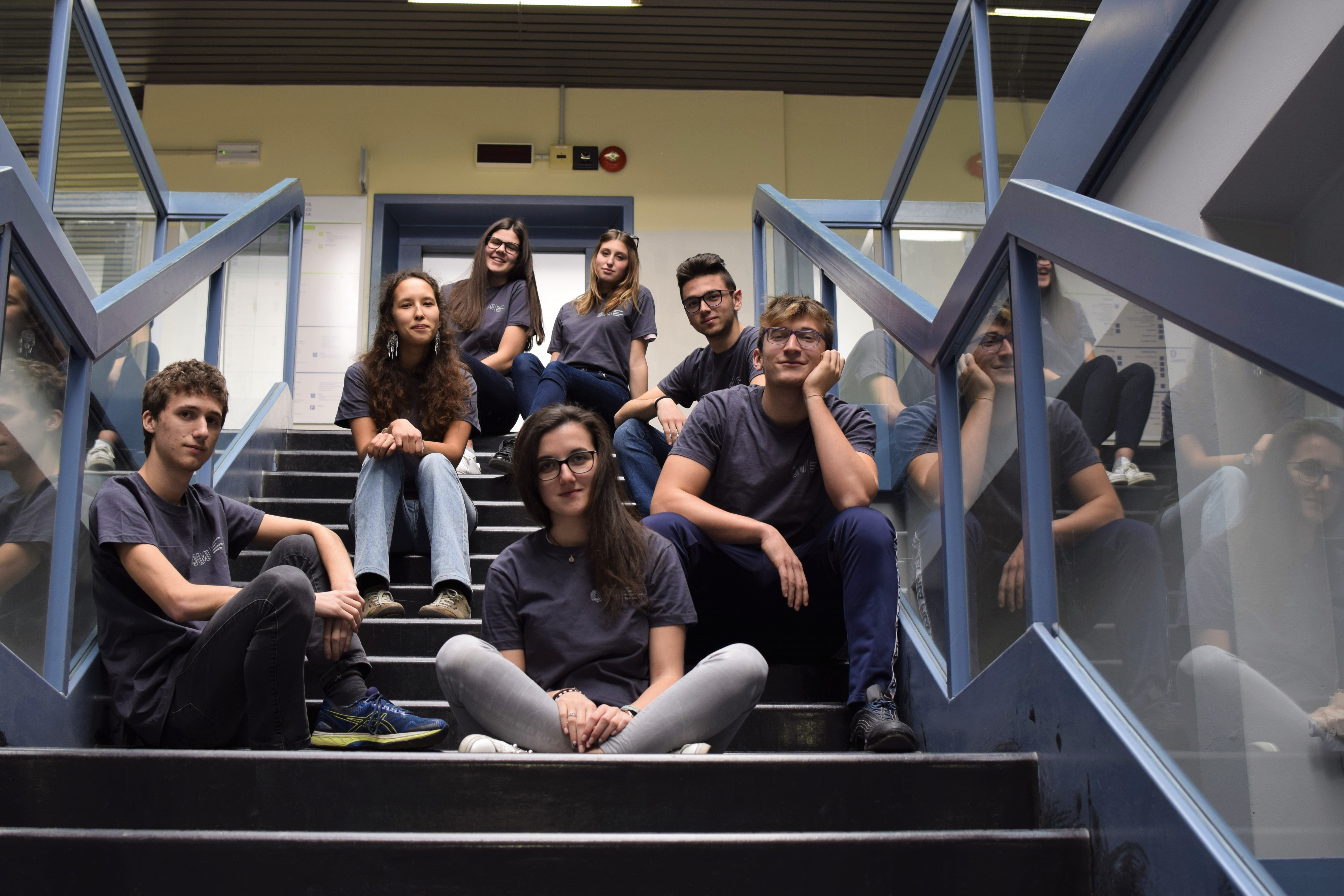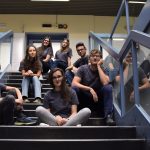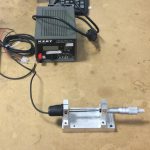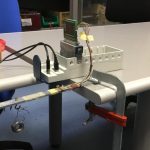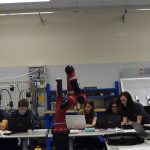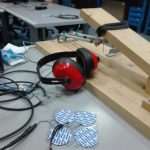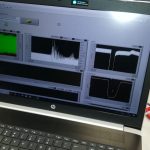From 20th January to 2nd February the MMT Laboratory of Brescia’s University hosted eight students from the fourth year of Iseo and Salò’s secondary schools during the internship with the purpose to teach new technical and scientific knowledges and give the opportunity to elaborate publicity materials that broadcast the SI redefinition.
The new measurement system is no longer based on platinum alloys samples, which have been deteriorated with the passage of time, but is founded on universal constants that, by their own definition, will be the same despite of time.
Consider for example the metre, which corresponded to the length of a platinum-iridium bar, held in Paris at the Bureau International des Poids et Mesures (BIPM), i.e. the international Office of Weights and Measures. Today the unit of measurement of the length is defined by the distance travelled by the light in the vacuum in a given time interval.
In addition, in the laboratory, the students attended the exhibition of theses and projects prepared by Professor Lancini’s pupils and lessons on the definitions of estimate and uncertainty. On the other, the students visited several laboratories and participated in the repeatability test of muscle reaction.
In this way, the boys had the opportunity to deepen the engineering field and enrich their scientific training in the direction of a course of future studies.
Jan, 2019
